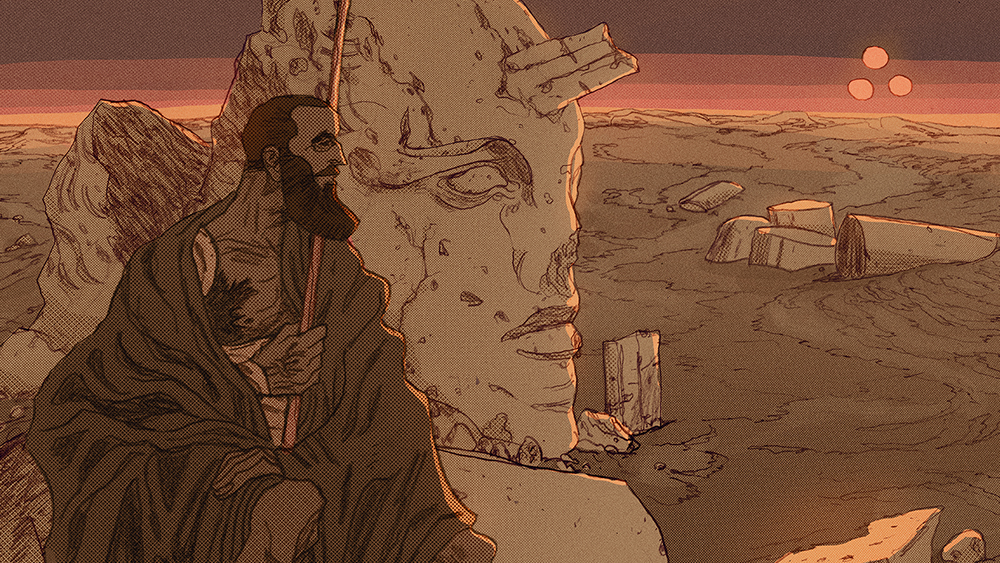20 great hard rock logos
The heavier end of the guitar spectrum has given the world some incredible logos. Alexander Eckstein selects 20 of the best.
11. New York Dolls
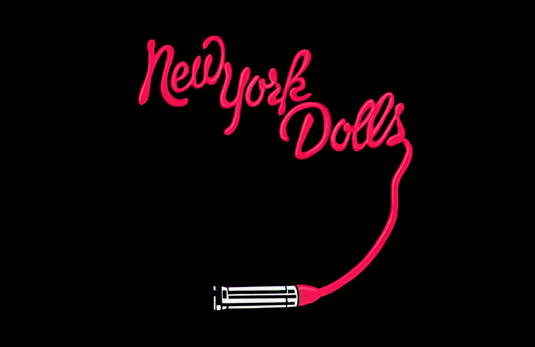
New York Dolls logo masterfully depicts the glam rock appeal of the band with a playful, alluring typeface and a dropped lipstick. Known for its vivid colors and strong appeal, the logo predates the punk and sleaze metal imagery.
12. Nine Inch Nails
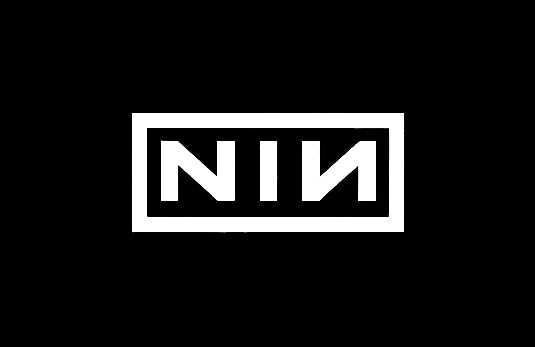
Created in 1989 by frontman Trent Reznor and art director Gary Talpas, Nine Inch Nails logo borrows heavily from the album sleeve of Talking Heads' 1980 Remain In Light which was designed by the legendary graphic designer Tibor Kalman.
13. Nirvana
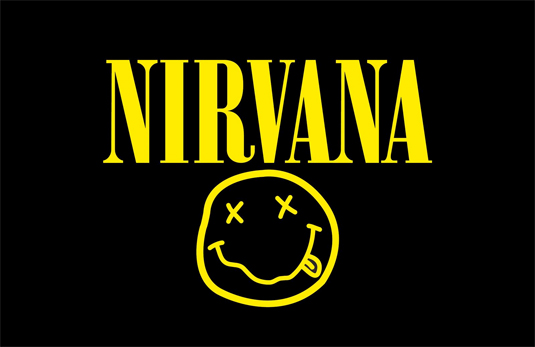
Originally inspired by frontman Kurt Cobain's reworking of the insignia of Seattle's now-defunct strip club Lusty Lady, the Nirvana logo features a stylized smiling face with lettering based on an Onyx typeface.
14. Pink Floyd
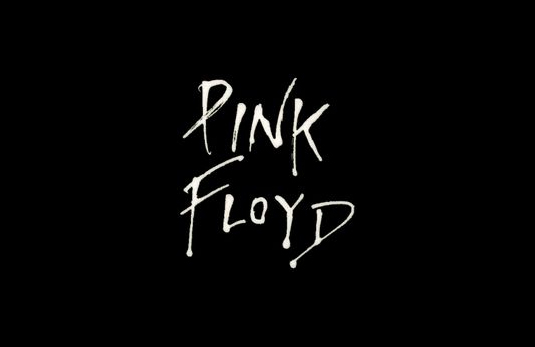
Although the band has experimented with a number of logos, the most common Pink Floyd logo (pictured above) consists of expressive, yet loose and casual, handwritten lettering. It is simple and playful, usually based on a black-and-white theme.
15. Queen
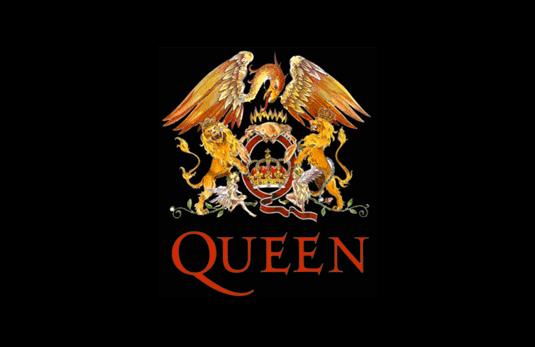
Very few people know that Freddie Mercury was a former art and graphic design student at Ealing Art College, London. The Queen logo, depicting the letter 'Q' and zodiac signs of the four band members, was Mercury's original creation. Possessing a majestic & regal feel, it bears a striking resemblance to the British coat of arms.
16. Sex Pistols
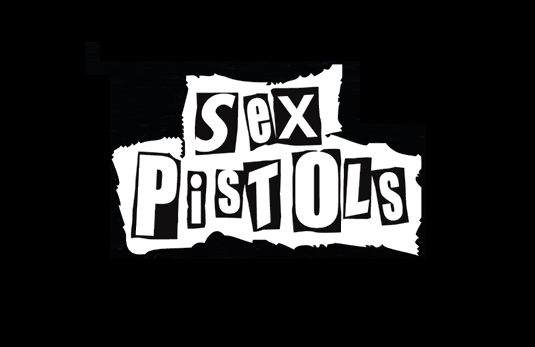
Created in 1976 by South African actress Helen Wellington-Lloyd, the Sex Pistols logo comprises of cut-up, ransom note style lettering. It first appeared on the publicity material for the band's debut single 'Anarchy in the UK', which was designed by English artist and anarchist Jamie Reid.
17. Slayer
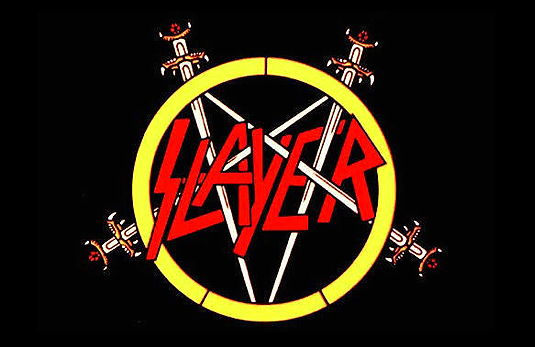
The Slayer logo comprises of a stylized pentagram formed by four swords and fifth line deliberately drawn off. Set in a medieval backdrop, it has engendered much controversy for its alleged anti-Christian and Nazi tendencies.
Daily design news, reviews, how-tos and more, as picked by the editors.
18. Van Halen
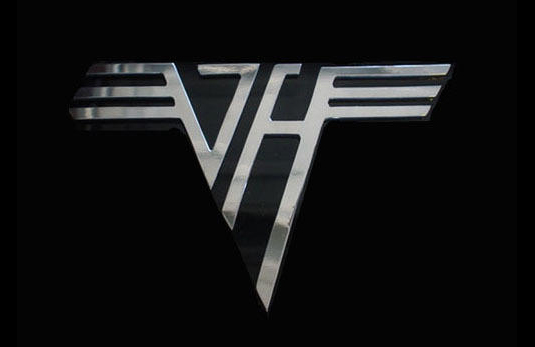
The iconic winged design of the Van Halen logo was designed in 1978 by the band's guitarist and co-founder Eddie Van Halen. First appearing on the cover art of their eponymous debut album, it has been changed several times over the years.
19. The Who
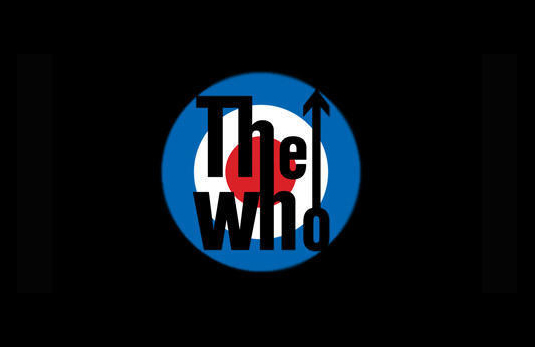
The Who logo, created in 1964 by famous English painter and graphic artist Brian Pike, comprises of a target-style roundel symbol and an elongated custom typeface featuring an arrow. Closely associated with mod iconography, it typifies masculinity and glorifies the English heritage of the band.
20. Yes

The 'bubble' logo of English progressive rock band Yes was designed in 1978 by renowned artist and painter Roger Dean. Unveiled on the band's fifth studio album Close To The Edge, this iconic logo featuring intertwined lettering has since undergone several alterations.
Where to learn more
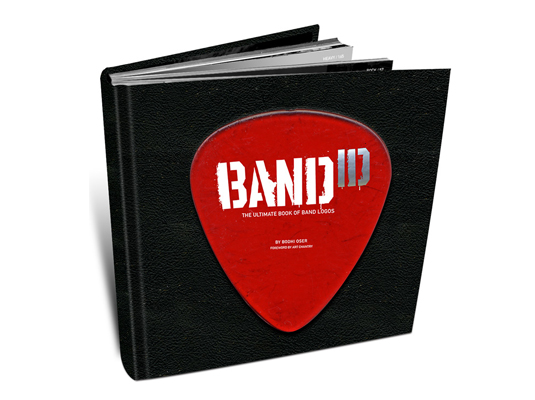
- Band ID: The Ultimate Book of Band Logos by Bodhi Osher: an authentic and definitive collection of more than one thousand music logos from the 1960s to the present day
- Rock'n America: A Social and Cultural History by Deena Weinstein This book offers a new and systematic approach to understanding rock by applying sociological concepts in a historical context.
- 30 beautiful band logo designs
- List of famous rock singers
Words: Alexander Eckstein
Alexander Eckstein is the managing editor of Famous Singers. An established journalist who has worked for a number of reputable pop culture and visual arts publications, he also maintains a music blog.
Like this? Read these!
- The ultimate guide to logo design
- Download these free iPhone apps for designers
- Illustrator tutorials: amazing ideas to try today!

The Creative Bloq team is made up of a group of art and design enthusiasts, and has changed and evolved since Creative Bloq began back in 2012. The current website team consists of eight full-time members of staff: Editor Georgia Coggan, Deputy Editor Rosie Hilder, Ecommerce Editor Beren Neale, Senior News Editor Daniel Piper, Editor, Digital Art and 3D Ian Dean, Tech Reviews Editor Erlingur Einarsson, Ecommerce Writer Beth Nicholls and Staff Writer Natalie Fear, as well as a roster of freelancers from around the world. The ImagineFX magazine team also pitch in, ensuring that content from leading digital art publication ImagineFX is represented on Creative Bloq.
